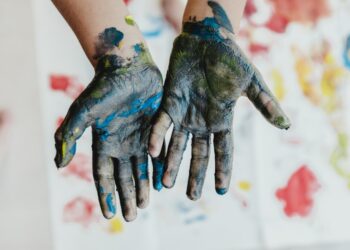Communication is key in any environment, but it becomes even more crucial in a multicultural setting where people from different backgrounds, languages, and cultures come together. In a multicultural environment, communication barriers can arise due to differences in language, customs, beliefs, and values. However, with the right strategies in place, these barriers can be overcome to facilitate effective communication and promote understanding among individuals from diverse backgrounds.
One of the most important strategies for overcoming communication barriers in a multicultural environment is to develop strong communication skills, or “مهارات الاتصال“. This includes being able to listen actively, speak clearly and concisely, and empathize with others. By honing these skills, individuals can better understand each other and avoid misunderstandings that can arise from cultural differences.
Another important strategy is to be aware of and sensitive to cultural differences. Different cultures have different norms, values, and communication styles, so it is important to be respectful of these differences and adapt one’s communication style accordingly. For example, in some cultures, direct communication is valued, while in others, a more indirect approach is preferred. By being aware of these differences and adjusting one’s communication style accordingly, individuals can avoid misunderstandings and foster better communication in a multicultural environment.
Building relationships and trust is also crucial in overcoming communication barriers in a multicultural environment. By taking the time to get to know and understand others, individuals can build rapport and trust, which in turn can facilitate better communication. Building relationships can also help individuals navigate cultural differences more effectively and find common ground with others.
In addition, using visual aids and non-verbal communication can help overcome language barriers in a multicultural environment. Visual aids such as charts, diagrams, and pictures can help convey information more clearly and effectively, especially when language barriers are present. Non-verbal communication, such as gestures, facial expressions, and body language, can also be used to enhance understanding and convey meaning in a multicultural environment.
Lastly, it is important to be open-minded and flexible when communicating in a multicultural environment. This includes being willing to listen to different perspectives, accept feedback, and adapt one’s communication style as needed. By being open-minded and flexible, individuals can create a more inclusive and collaborative communication environment that values diversity and promotes understanding among individuals from different cultures.
In conclusion, effective communication in a multicultural environment requires the development of strong communication skills, awareness of cultural differences, building relationships and trust, using visual aids and non-verbal communication, and being open-minded and flexible. By implementing these strategies, individuals can overcome communication barriers in a multicultural environment and create a more inclusive and harmonious communication environment.
To learn more, visit us on:
المهارات الوظيفية
https://www.merit-tc.com/
Discovery Gardens, United Arab Emirates












